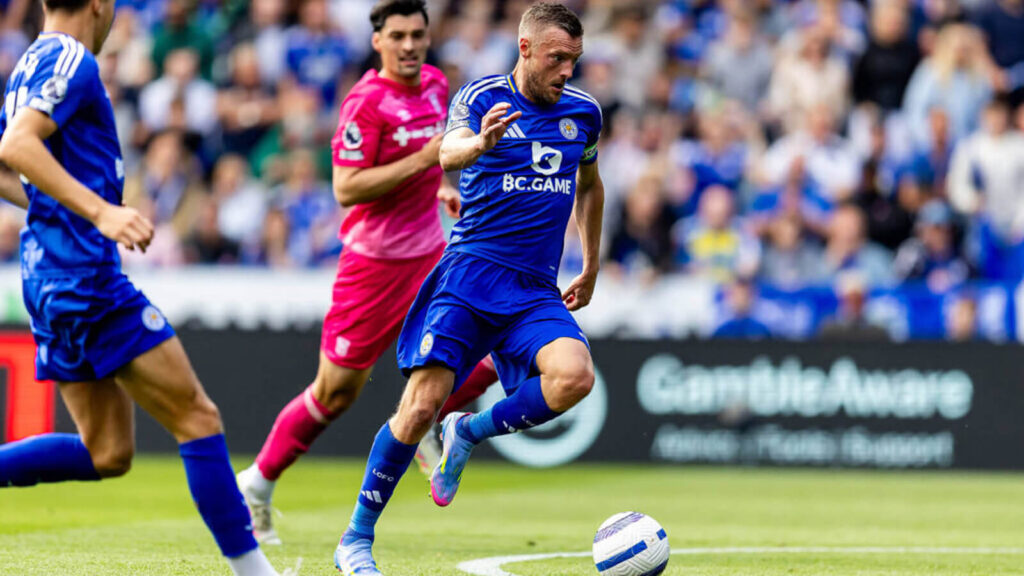Today’s footballs emphasize speed and agility for success. It’s so much about being faster and agile when it comes to a winger making an explosive run or a defender closing down an attacker, or maybe a midfielder plus pace. On the bright side, using proper workout methods will certainly lead to great improvements in football speed and agility. This guide gives you the best drills and exercises for improving speed, mastering quick turns, and reacting faster on the pitch.
Why Speed and Agility Matter in Football
A football match is not just about running fast down a straight line; it involves sudden sprints, quick changes in direction, sharp turns, and explosive starts and stops. Agility helps players to change direction rapidly without losing balance; whereas speed helps to either reach the ball faster than your opponent or gain separation.
Players with a combination of speed and agility are able to:
- Win more 1v1 duels
- Make quicker runs behind defensive lines
- React faster to in-game situations
- Cover more ground efficiently
Work ought to be made in these areas not only to hone your individual skills but also give your team a bit more competitive advantage.
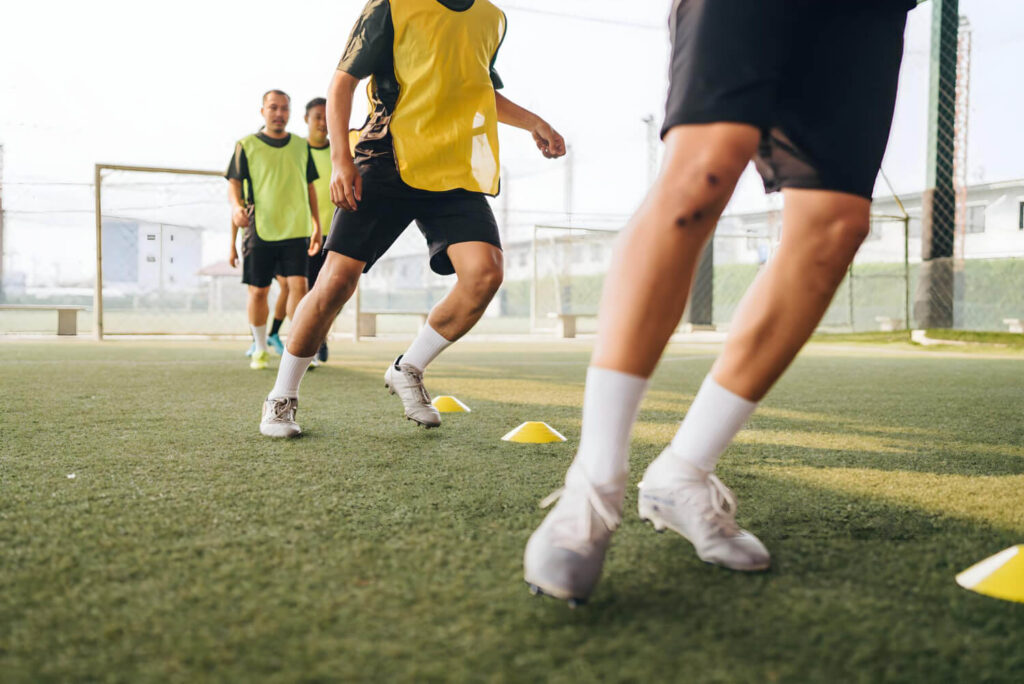
Sprint Drills to Improve Speed
Short bursts of sprinting form a vital part of shallow football in counter-attacks or defensive recovery. Following are some sprint drills that will enhance your top speed and acceleration.
1. Short Distance Sprinting (10-30 m)
The focus is on explosive starting and acceleration in short distances. The sprinting distance is 10-30 meters in max effort, starting from diverse positions: standing, sitting, or lying. The recovery interval between the sprints is from 30 to 60 seconds.
Benefits: Enhances acceleration and explosiveness.
2. Resistance Sprinting
Attach resistance bands or wear weighted vests while sprinting and concentrate on bringing the knees up while maintaining proper form. Short distances of approximately 10-20 meters would be ideal.
Benefits: Increases strength of legs and your explosive ability for sprinting.
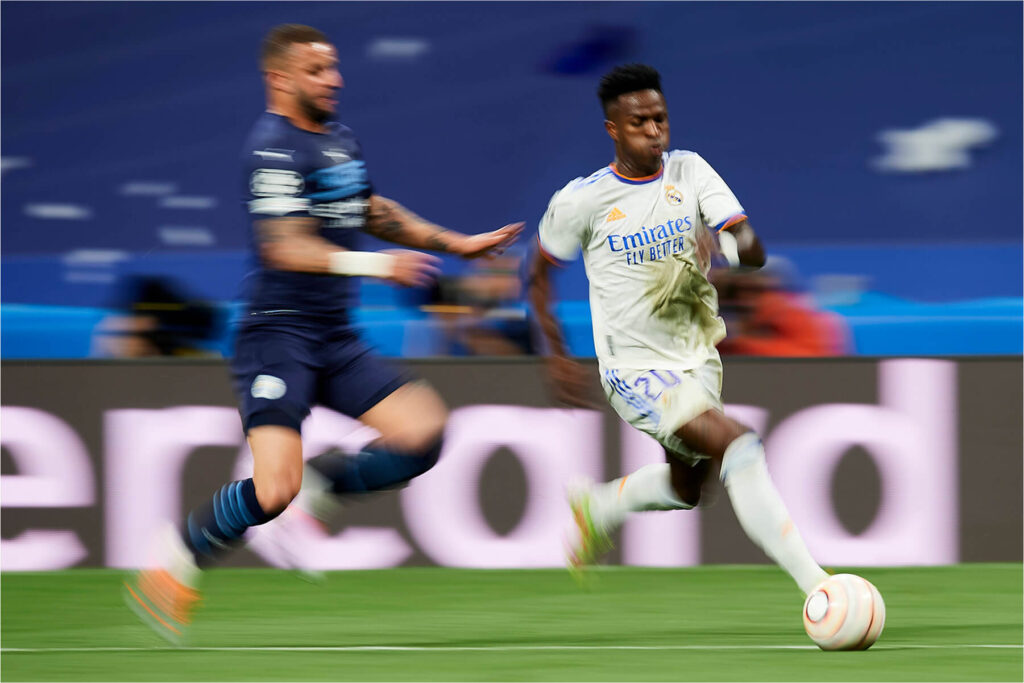
3. Flying Sprint
Start with some light jogging for 10-15 meters; then sprint at maximum speed for about 20-30 meters before going into deceleration. Helps increase max velocity by allowing the athlete to use momentum.
Benefits: Top sprinting speed enhancement; majorly used for long runs across the pitch.
4. Hill Sprints
Look for a gentle hill and sprint towards up for a distance of 15-20 meters. Walk slowly downhill for recovery and repeat for 6-8 times. Uphill sprinting forces you to engage your hamstrings and glutes more.
Benefits: Develops strength, acceleration, and cardio fitness.
Agility Ladder Drills for Quick Footwork
Agility ladders are great for improving foot speed, balance, and coordination. They help players become quicker on their feet, especially when changing direction.
1. One-Foot-In Drill
Run through the ladder, placing one foot in each box as fast as possible. Keep your posture low and arms pumping.
Benefits: Improves coordination and straight-line foot speed.
2. Two-Foot-In Drill
Place both feet in each ladder box before moving to the next, ensuring quick ground contact.
Benefits: Enhances rhythm, speed, and stability.

3. Lateral Quick Steps
Stand sideways to the ladder and step quickly in and out of each square moving sideways.
Benefits: Boosts lateral agility useful for defending and sidestepping.
4. In-In-Out-Out Drill
Start facing the ladder, step into the first square with both feet (in-in), then step outside the ladder on either side (out-out). Continue quickly down the ladder.
Benefits: Increases coordination during direction changes.
5. Icky Shuffle
Move diagonally through the ladder — step in with the right foot, then left foot, step out with the right foot, then alternate. This develops complex movement patterns.
Benefits: Combines agility with rhythm, simulating match movements.
Reaction Training for Faster Response Time
Quick reactions can be the difference between winning and losing possession. Reaction drills help improve your ability to respond instantly to unpredictable situations.
1. Partner Reaction Sprints
Have a partner point left or right without notice. React instantly by sprinting in the direction shown. Vary the timing to keep reactions sharp.
Benefits: Improves reaction time and decision-making speed.
2. Ball Drop Drill
A partner holds a ball and drops it randomly. You must sprint and catch the ball before it hits the ground.
Benefits: Enhances explosiveness and sharpens reflexes.
3. Colored Cone Drill
Place different colored cones around a 10-meter square. A partner calls out a color, and you sprint to touch that cone as fast as possible.
Benefits: Builds quickness and mental sharpness under pressure.

4. Mirror Drill
Stand opposite a partner and mirror their movements — forward, backward, sideways — for 20-second intervals.
Benefits: Boosts lateral agility and reaction to unpredictable movements.
Tips for Safe Practice and Fast Progression
While it’s tempting to go all out, training smart is key to preventing injuries and seeing steady progress. Here are some essential tips:
1. Warm Up Properly
Before any speed or agility session, warm up with light jogging, dynamic stretches, and mobility drills. This prepares your muscles and reduces injury risk.
2. Focus on Form
Quality is better than quantity. Ensure proper sprinting and agility technique — head up, core engaged, knees driving, and quick foot contact.
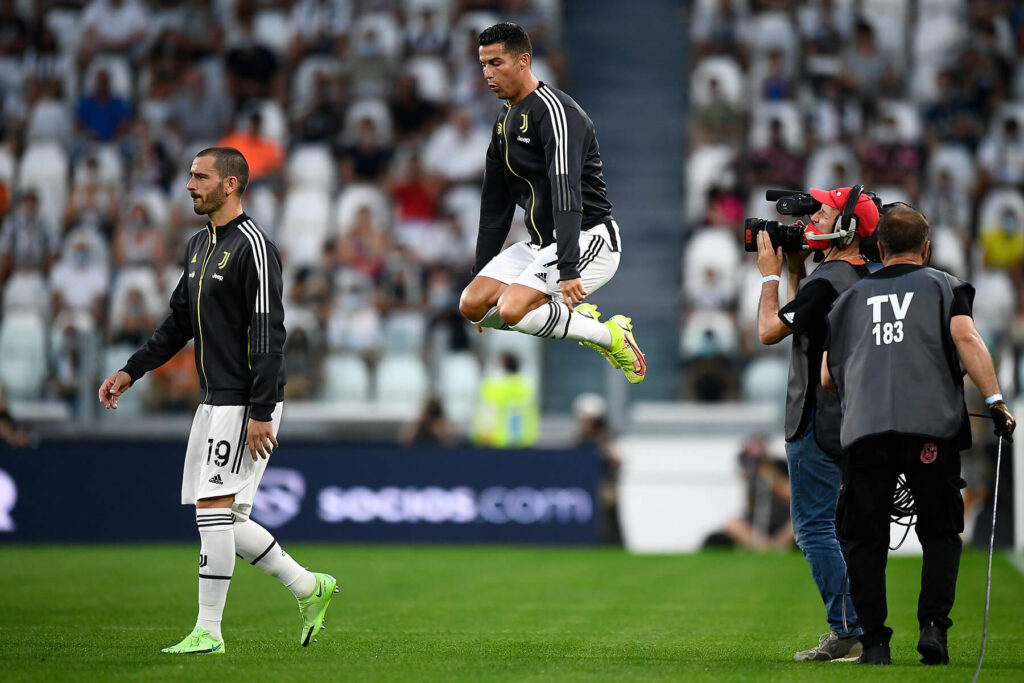
3. Rest and Recovery
Speed training is intense. Rest between sets and take at least 24-48 hours between sprint-focused sessions to allow muscles to recover.
4. Start Slow, Increase Gradually
If you’re new to these drills, start with low repetitions and slowly increase intensity and volume each week.
5. Consistency is Key
Train at least 2-3 times per week to see noticeable improvements within a few weeks. Consistent effort produces the fastest gains.
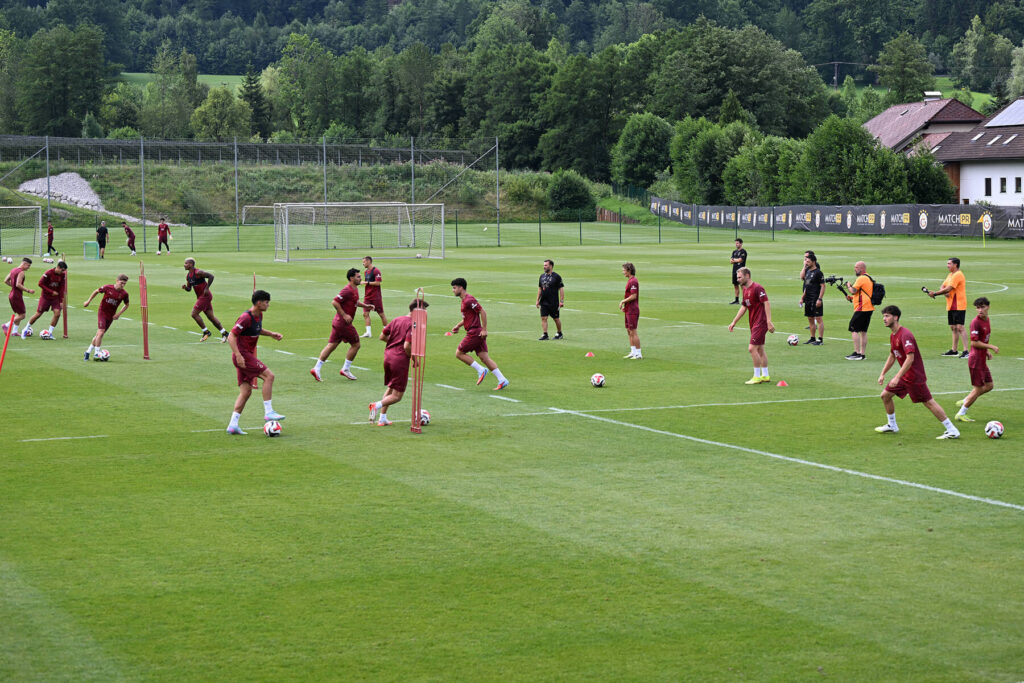
6. Combine Strength Training
Speed and agility improve faster when combined with strength training like squats, lunges, and plyometrics. Stronger muscles produce more power.
How Speed and Agility Improve Match Performance
Improving speed and agility translates directly to better performance in matches. Players become:
- Faster in attacking runs
- Quicker in defensive recoveries
- More efficient in creating and closing down spaces
- Able to react better in fast-changing match situations
You will find yourself more confident in making sprints, winning loose balls, and staying sharp throughout the match.
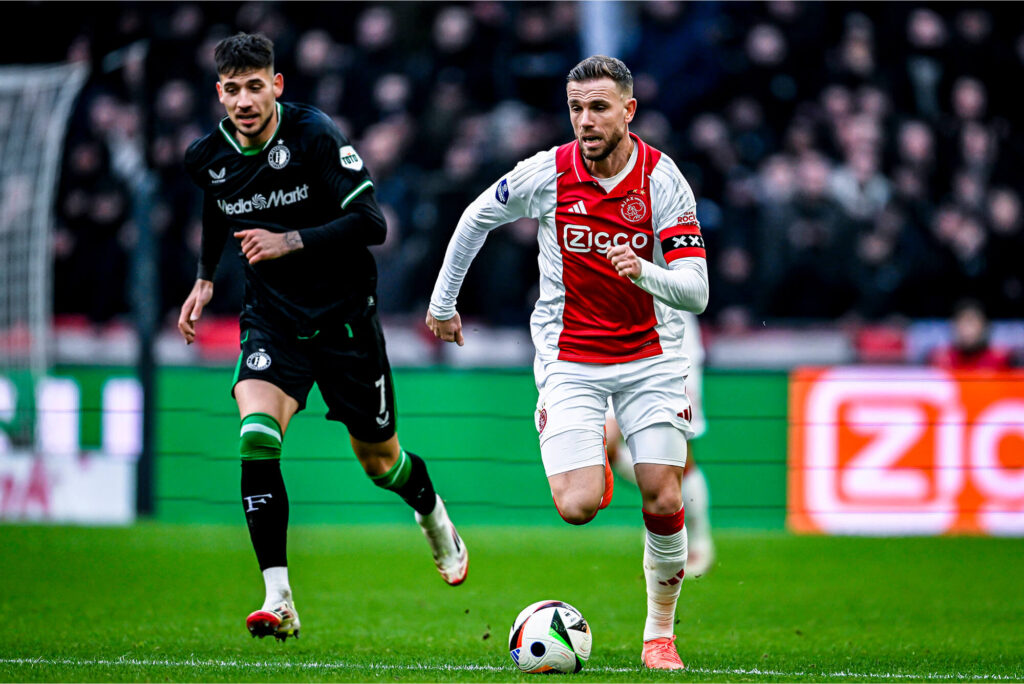
Build Speed, Build Confidence
Speed and agility are skills you can build with focused training. By including sprint drills, agility ladder exercises, and reaction-based movements in your routine, you’ll notice faster movement, sharper reactions, and better all-around performance on the football pitch. Remember to practice consistently, respect recovery, and focus on proper technique. Within a few weeks, you will not just be quicker, but also feel more powerful and game-ready than ever before.
